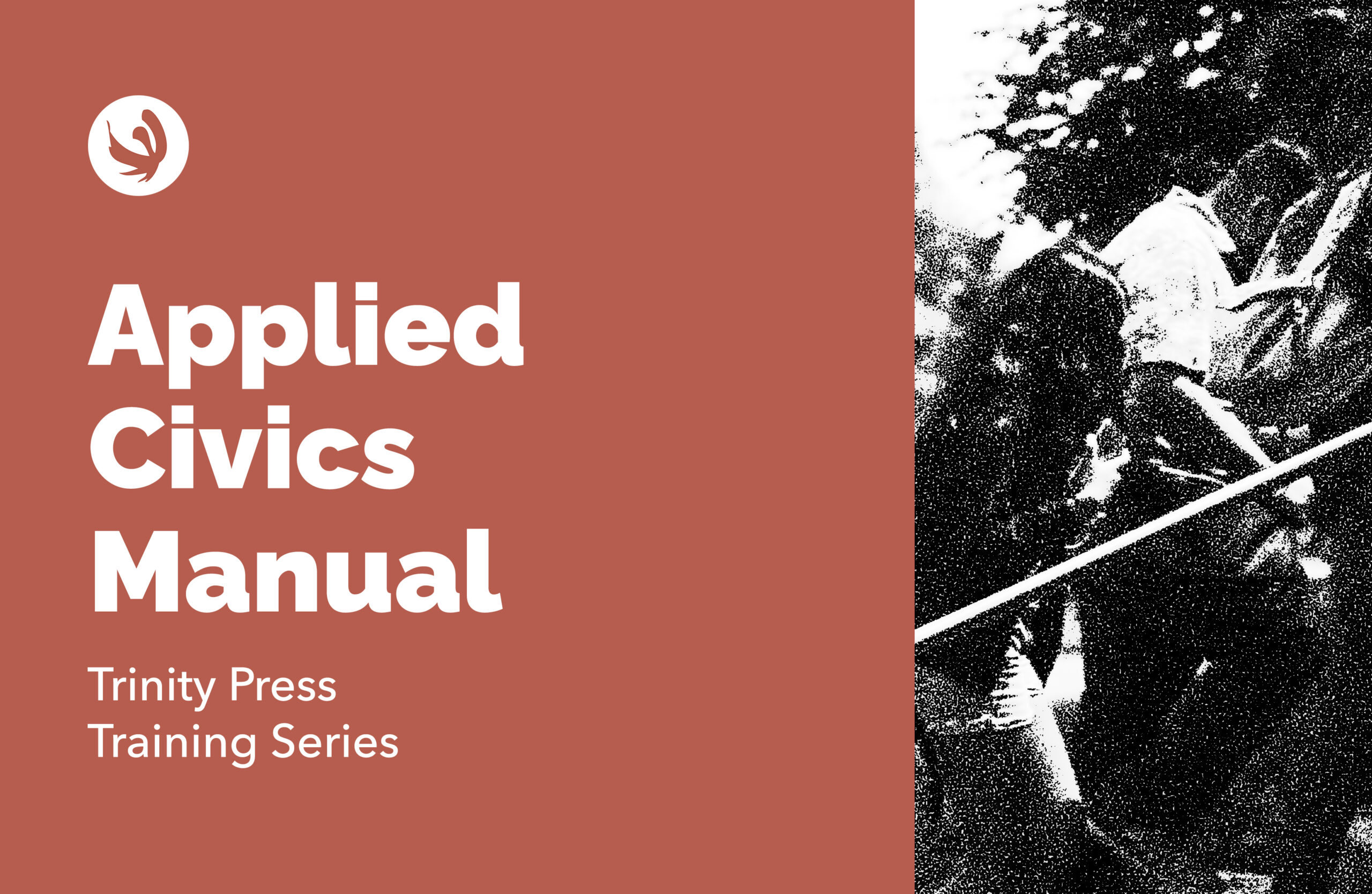Description
So much of our lives are involved in relationship with our physical communities, as well as our communities of association in schools, workplaces, groups, and clubs of all kinds.
Presently we prefer to see and define in abstract models our communities around interests in economy and commerce, or civic management and services, or the politics of wards, constituencies and regions.
What is missing is a bigger picture view, one that puts us in the frame as living, interacting, human beings and not as objects or statistics.
This is especially important in our Canadian communities. Since the Plains of Abraham and before, we have been moving, usually at a snail’s pace (and sometimes regressively) towards creating inclusive, fair, and diverse communities. And now with increased awareness of our checkered history, thanks to the Truth and Reconciliation Commission to name just one instance, this pursuit of realizing diverse communities and their animating narratives of fairness and inclusion, makes engagement for every generation in a community even more important.





